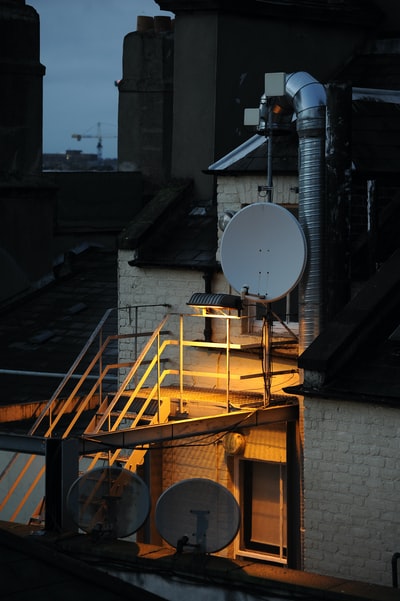When some insulating materials are rubbed together they become electrically charged because electrons move from one insulating material to the other.
- Charged objects with different charges will attract each other. Charged objects with the same charge will repel each other.
- When a charge flows through a conductor this is called a current.
- If conductor is earthed then the electrons will flow down to the earth and the conductor will be discharged.
- Electrostatics is used for a number of reasons. However, it can be dangerous so earthing and antistatic materials are used.
- Standard symbols are used to represent different electrical components in circuit diagrams.
If the temperature of the resistor is kept constant then the line will always be straight. This means that current is directly proportional to the potential difference across the resistor.
- v = c x r
- At a constant temperature, the resistance stays constant.
- A diode only lets a current flow in one direction.
- In a light-dependent resistor (LDR) the resistance becomes smaller as the light shining on it increases in brightness.
- As a thermistor temperature increases its resistance decreases.
- In order for a circuit to work it must be complete and there can be no short circuits.
- In a series circuit the current which flows through each component is the same and the components share the potential difference.
- current = potential difference of supply / total resistance
- In a parallel circuit the current is shared between each component and the parallel difference of each component is the same
- The flow of electric charge is called the electric current.
- I = Q / t
- In order for a current to flow through an electrical component a potential difference (or voltage) is required.
- V = W / Q
- The more cells there are in a circuit the larger the current flowing and so more current will flow through the components as long as they’re connected in opposite directions.
 When some insulating materials are rubbed together they become electrically charged because electrons move from one insulating material to the other.
When some insulating materials are rubbed together they become electrically charged because electrons move from one insulating material to the other. If the temperature of the resistor is kept constant then the line will always be straight. This means that current is directly proportional to the potential difference across the resistor.
If the temperature of the resistor is kept constant then the line will always be straight. This means that current is directly proportional to the potential difference across the resistor.